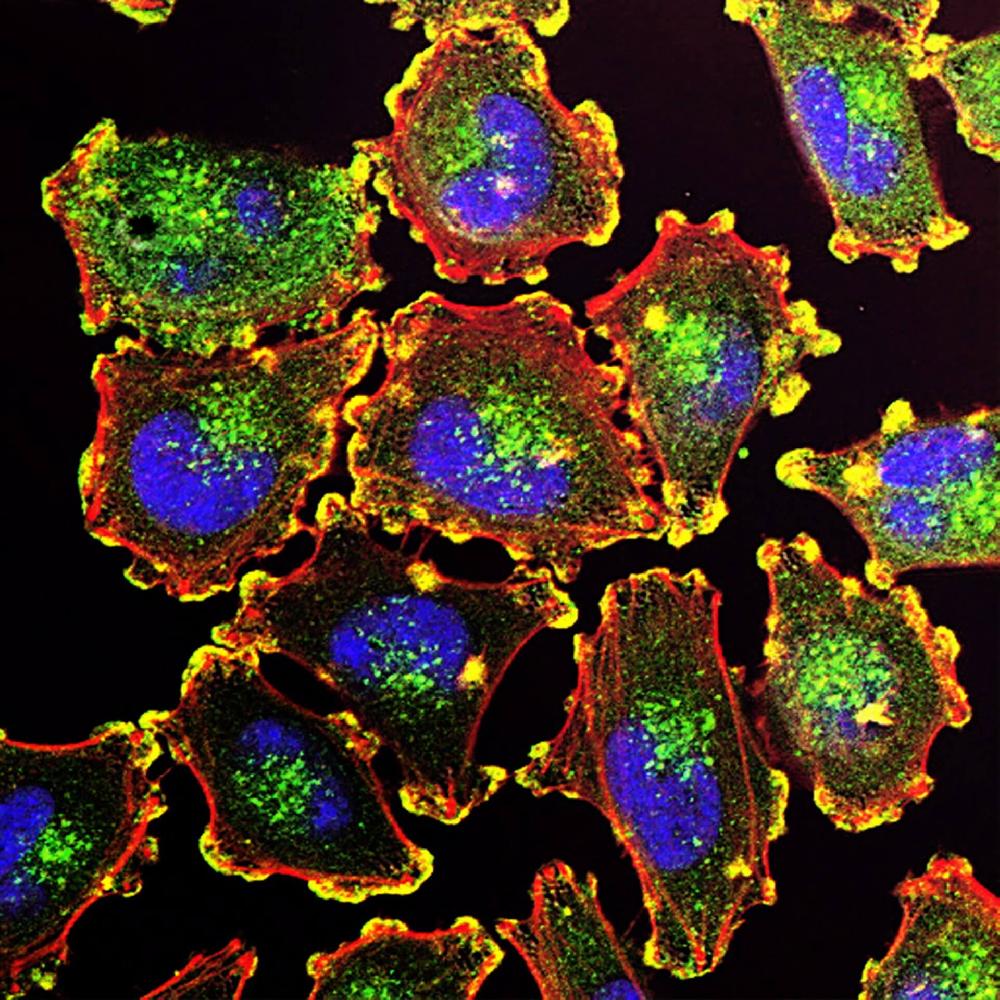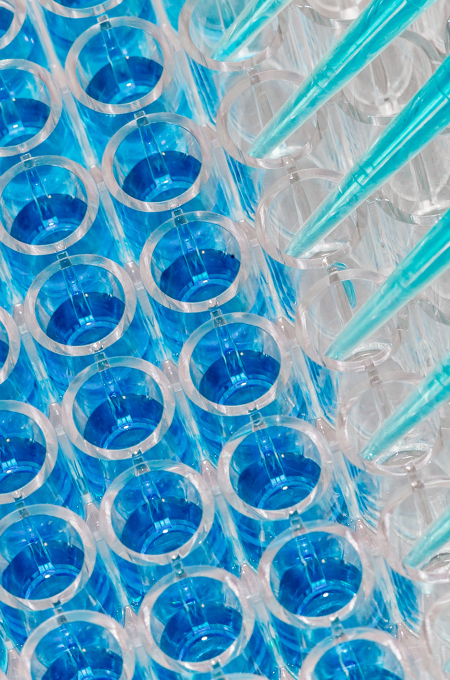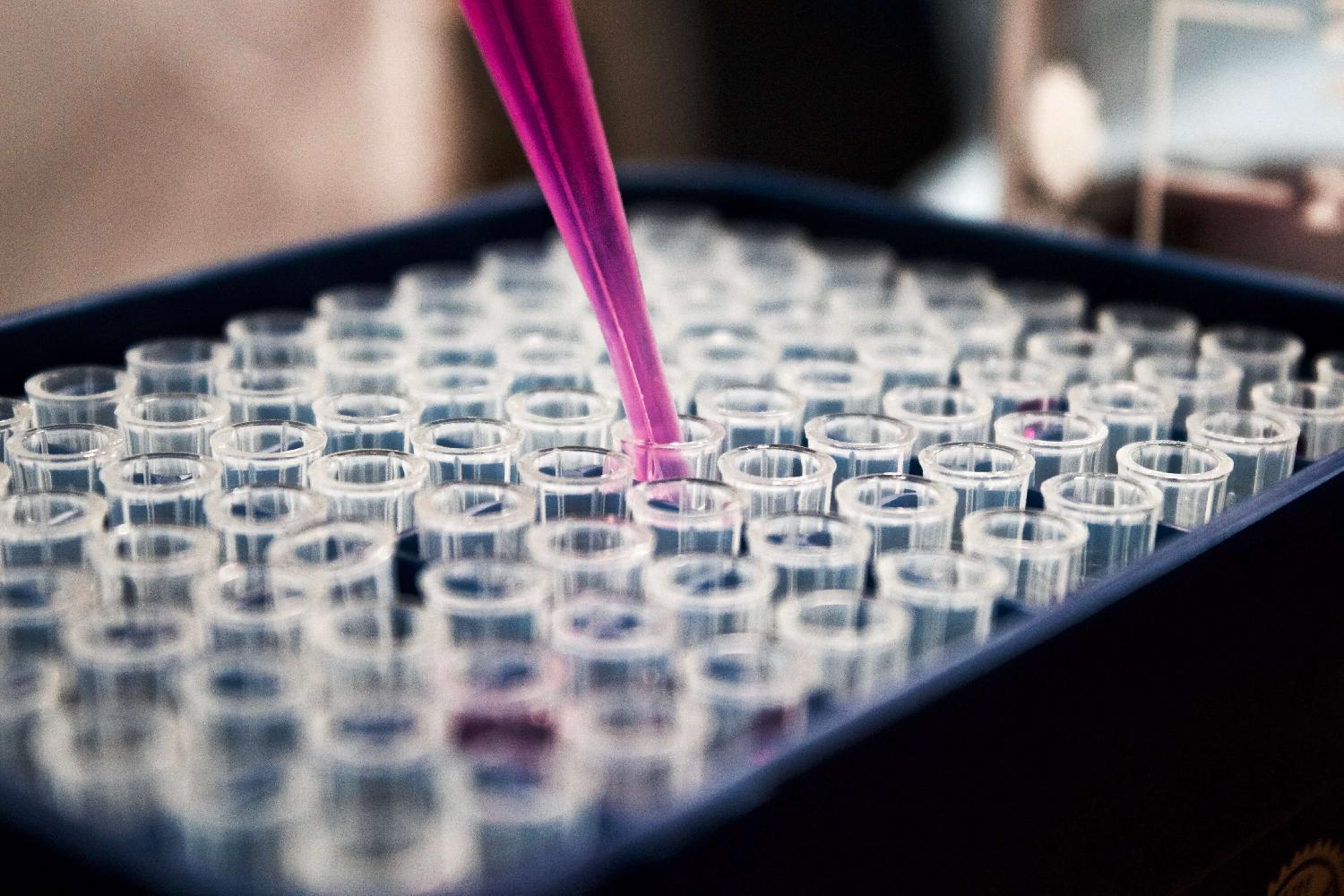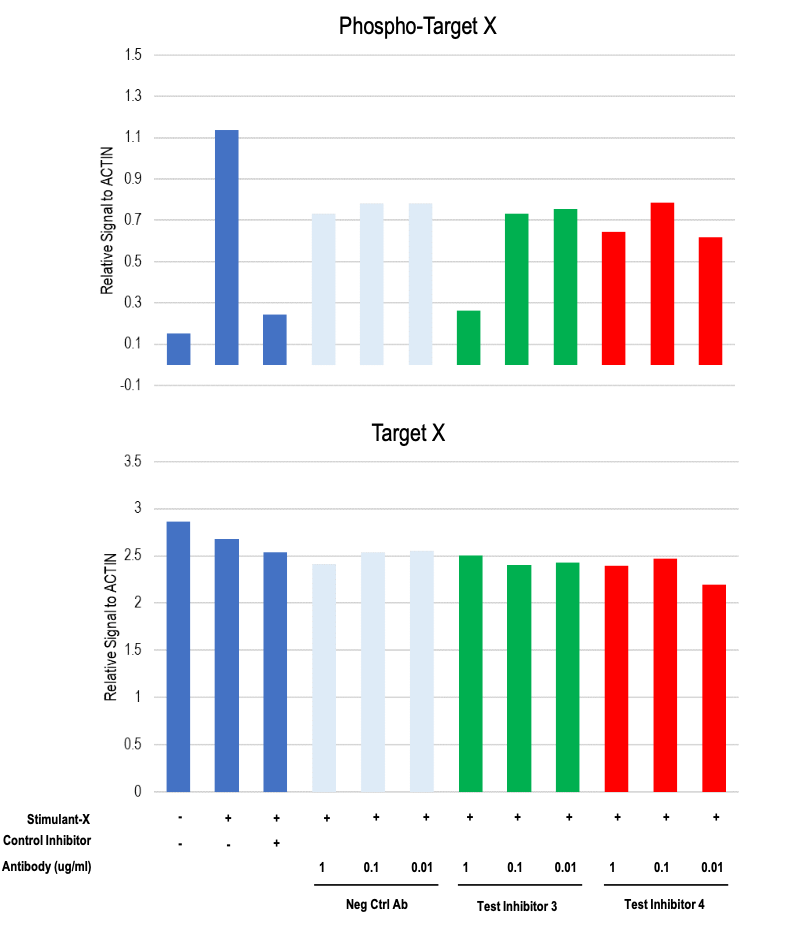This website uses cookies to ensure you get the best experience on our website.
- Table of Contents
Boster Bio offers professional Western blotting services tailored for proteomics Western blot applications for biotech and pharma companies. Our service covers sample processing, blotting, quantitative imaging, data analysis and professional reporting.
Get a quote today if you want your Western blots done...
Our technical experts stand ready to consult you every step of the way.
Get a Quote
Working with us is easy. Send us your samples and receive a professional report (see example at the end of the page) with comprehensive data. Our turnaround time is fast, usually within 1 week of receiving all materials.
Though most of our customers are biotech and pharma companies, our pricing is affordable enough that many academic labs have also hired us to handle their Western blots.
Our Western blotting technical experts have 3 decades of experience and have helped industry customers with IND filing, GMP release assays and various other highly demanding and sophisticated requirements. Contact us today to discuss your unique project requirements.
31 years of Western blot experience.
Experience with IND and GMP projects.
Done in our proteomics lab in California.
Get a comprehensive report that presents nicely infront of bosses and investors.
1-2 weeks after receiving all materials.
Can perform quantitative analysis.
Proprietary ECL enhances signal.
Proprietary blocking reagent lowers background.
Free Quote For Western Blot Services
Fill the form below to get a quote. Contact us at [email protected] for any questions.
Quantification: We can normalize your target of interest's signal against either a loading control antibody or a fluorescent total protein stain to give quantitative result for your WB. This is included in the default package and selecting it does not affect pricing.
Total protein stain: in short, we need to use this option if we need to load more than 10ug of total proteins per lane, due to target protein expression being low in the samples. Total protein stain is a better alternative to using loading control antibodies for quantification. The main drawbacks for using loading control are that first the signal's linear range is too short and saturates easily, that if we load more than 10ug of total protein per lane it usually results in saturated loading control antibody signal and renders the data useless. Also your treatment to cells may affect your loading control gene's expression level, contrary to common assumption that loading control gene expression states constant, and more and more journals are starting to require evidence showing that the treatment does not affect loading control gene expressions. Total protein stain, on the other hand, has excellent linear range and is a more stable way to normalize in quantitative Western blotting. For more information on this matter, visit our blog: Total Protein Normalization Versus Loading Control Antibodies.
Antibody optimization: we will conduct a preliminary study using 3 different concentrations of your antibodies on positive samples to decide the best concentration to use for later experiments. The positive samples to use in optimization needs to be indicated in the sample manifest as "use for optimization". This is usually a necessary phase and only if the customer can provide exact dilution ratios to use can we skip this phase.
Return or dispose excess materials: The remaining samples and reagents be shipped back to you or disposed of. There are fees associated with both options
Sample type and processing requirements: different sample types require different processing. Details see below.
| Protein Extraction | Clarification* | BCA | |
|---|---|---|---|
| Cells | Yes | Yes | Yes |
| Lysate | No | Yes | Yes |
| Bone Tissue | Yes (extra fee) | Yes | Yes |
| Tissue | Yes | Yes | Yes |
| Cell Culture Supernatant | No | No | Yes |
| Cell Pellet | Yes | Yes | Yes |
| Plasma** | No | No | No |
| Serum** | No | No | No |
| Blood*** | No | No | No |
| PBMC's | No | No | No |
| Urin**** | Afyon | No | Yes |
| Milk**** | Afyon | No | Yes |
| Saliva**** | Afyon | No | Yes |
*Clarification: filtering the sample to get rid of cellular debris. Helps with reducing WB background.
**Serum and Plasma: 1-1.5uL of sample per lane, protein concentration assumed to be ~50mg/mL, need clarification if samples are lipemic
***Blood: need to spin down to serum/plasma, extra charge
****Low expression protein: Need to use Afyon kit to concentrate protein. Extra charge.
Sample replication: by default we assume all samples are tested in singlet. If you want technical replicates please tell us.
Sample role in experiment: the 3 most common sample roles in WB are:
1. used in optimization
2. used as positive or negative control
3. a regular sample, aka a Unknown
Special requirements: anything not covered in the SOW template and the sample manifest can be written here.
About Boster Bio
Company stats and facility shots
CiteAb Awards
Fastest Growing
31 Years
antibody experience
60,000+
publications
Expertise
in Western blot
40,000+
antibodies made
Cell-based assays, immunoassays, ELISA, pathology, molecular biology, qPCR.





Tell us what you would like to do in your Western blot experiment. Our form has detailed guidance to help you clarify all necessary details for your WB assay. You can book a meeting with us after submitting your inquiry.
Follow the sample handling and shipping guidelines on this page: sample collection guidelines.
In about 1 week, we will deliver a detailed report that includes the Western Blot results as well as the equipment, reagents, and protocol used.
Get a Quote
Total Turnaround Time: 1-2 Weeks
Project Scope
Activate the Target X pathway by stimulation and evaluate the inhibitory effects of various treatments. Assess the level of phospho-Target X by western blot.


Conclusion
Phosphorylation of Target X was induced by Stimulant-X stimulation. The Stimulant-X-induced phosphorylation was inhibited by Control Inhibitor but not the negative control antibody. Target X phosphorylation was also inhibited by all the testing antibodies, except for Test Inhibitor 4, at 1ug/ml. The inhibitory effect reduces as the antibody concentration decreases.
Get a Quote
Get a Quote
Q1. Why is protein expression control important?
Q3. What does a Western blot tell you?
Q4. Is Western blot qualitative or quantitative?
Q5. Is Western blot better than ELISA?
| ELISA | Western Blot |
|---|---|
| Detects the presence of antigen and antibody in cell lysates, serum, etc. | Detects the presence of a specific protein and its MW from a mixture of proteins |
| Less time-consuming | Time-consuming, delicate process, costly |
| Qualitative and quantitative | Qualitative and sometimes semi-quantitative |
| Higher specificity and less likely to give false positive results |
Q6. Why is the actual western blot band size different from the predicted?
| Possible Reasons | Notes |
|---|---|
| Post-translational modifications | Increases the protein size (phosphorylation, glycosylation, etc.) |
| Post-translational cleavage | Most proteins are synthesized as pro-proteins and then cleaved to give the protein its active form (e.g pro-caspases) |
| Splice variants | Highly variable depending on the specific tissue and experimental conditions, which may lead to the production of different sized protein products |
| Isoforms | Many proteins express multiple isoforms that are different sizes. Expression of different isoforms for the same target protein is highly variable depending on the specific tissue and experimental conditions. Several websites can be accessed to determine isoforms for specific targets. |
| Relative charge | The composition of amino acids (charged vs. non-charged) |
| Multimers | An example is dimerization of a protein, which is usually prevented in reducing conditions—although interactions can result in the appearance of higher bands |
Q7. Is it becoming common practice to outsource experiments to companies or academic institutions?
Q8. Does Boster perform 2D WB analysis?